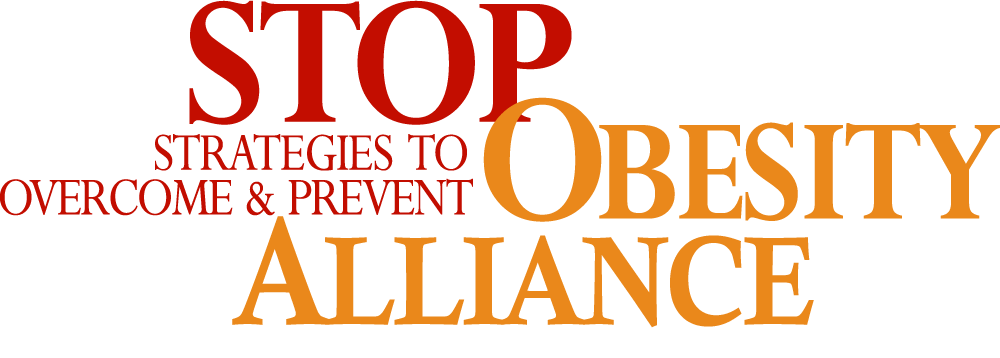As the United States begins to wind down from the worst parts of the COVID-19 pandemic, we can begin to take stock of the effects that obesity has had on the outcomes of COVID-19 and the effects of COVID-19 on the prevalence of obesity. In this month’s newsletter, we review what we have learned about both of these impacts.
Effects of Obesity on COVID-19 Outcomes
Early in the pandemic, the CDC recognized that overweight, obesity, and severe obesity were associated with an increased risk of severe COVID-19 illness. Among U.S. adults seen for COVID-19 infections between March and December 2020, an elevated BMI was associated with increased risks of both hospitalization and death. Furthermore, numerous global studies have found associations between obesity and increased risks of hospitalization, ICU admission, and mortality due to COVID-19. There are multiple mechanisms by which respiratory infection leads to severe illness in patients with obesity; these include inflammation, hypoventilation syndrome, and decreases in ventilatory capacity. In addition to obesity itself, many obesity-related conditions increase the vulnerability of COVID-19 patients to more severe illness.
Obesity also affects COVID-19 outcomes in children. Among children and adolescents aged 18 years and younger, obesity is one of the strongest risk factors for hospitalization and is associated with a higher risk of severe COVID-19 illness including ICU admission, invasive mechanical ventilation, or death.
On the positive side, physical activity mitigates the risk of severe COVID-19 illness in adults, as shown in the table below. A study of adult patients with COVID-19 diagnoses between January and October of 2020 found that patients who were consistently inactive had a greater risk of hospitalization, admission to the ICU, and death due to COVID-19 compared to patients who were doing some physical activity or met physical activity guidelines.
| Hospitalized | ICU | Death | |
| Inactive | 10.5% | 2.8% | 2.4% |
| Some activity | 8.9% | 2.5% | 1.5% |
| Met guidelines | 3.2% | 1.0% | 0.4% |
Source: Table adapted from Sallis et al., 2021
Effects of COVID-19 on Obesity Prevalence
The COVID-19 pandemic has likely increased the prevalence of obesity among both adults and children in the United States. A study of adults in Massachusetts comparing data from before March 1, 2020 to after May 31, 2020 found that a weight gain of > 5% of body weight occurred in 29% of women and 27% of men, and among those who gained > 5% of their body weight, obesity prevalence increased by about 7%. Among pediatric patients, average obesity prevalence increased from 13.7% to 15.4% between 2019 and 2020. As the figure indicates, the investigators found notable disparities by race and ethnicity, with Hispanic and Non-Hispanic Black groups experiencing greater increases in obesity prevalence compared to the Non-Hispanic White group. Systemic racism and social determinants of health increase the susceptibility of communities of color and lower income communities to both obesity and COVID-19.
Source: Data approximated from Jenssen et al., 2021
The COVID-19 pandemic has increased rates of obesity through a variety of mechanisms. Social distancing and lockdown measures have led to fewer opportunities to participate in physical activity, increased sedentary behaviors and screen time, disrupted sleep, increased stress and anxiety, and lowered dietary quality. Declines in self-reported physical activity have coincided with the observed increases in weight gain during the pandemic.
The pandemic has also changed the food environment and increased consumption of ultra-processed foods. At a population level, high rates of unemployment and poverty, disruptions to the food supply chain, and changes in the availability of childcare and community resources have all contributed to food insecurity for many Americans. Early research shows exceptionally high sales of shelf-stable and ultra-processed foods as well as alcohol. Among children school closures likely exacerbated risk factors for weight gain by decreasing opportunities for physical activity, increasing sedentary behavior, and increasing food insecurity with disrupted school meals. Multinational corporations in the food and beverage industry have taken advantage of the pandemic to aggressively market their products and donate ultra-processed food and drinks to vulnerable populations, particularly children and low-income populations. Consumption of ultra-processed foods is associated with increased rates of weight gain and obesity.
As new studies on COVID-19 and obesity continue to emerge, vaccination remains critically important in reducing COVID-19 morbidity and mortality. Earlier this month, The Obesity Society published a position statement demonstrating that all three COVID-19 vaccines offered in the U.S. are highly efficacious regardless of whether or not recipients have obesity and encouraging adults with obesity to get vaccinated as soon as they are able.
The COVID-19 pandemic has highlighted the vulnerability of people with obesity and people of color to COVID-19 infections. Inequities in opportunities for physical activity and disruptions in the food supply have only served to increase the susceptibility of these populations to COVID-19 infections. Our challenge is to pivot from these observations to identify effective strategies that simultaneously address the vulnerabilities and disparities associated with the pandemic, and the factors that contribute to them.



